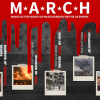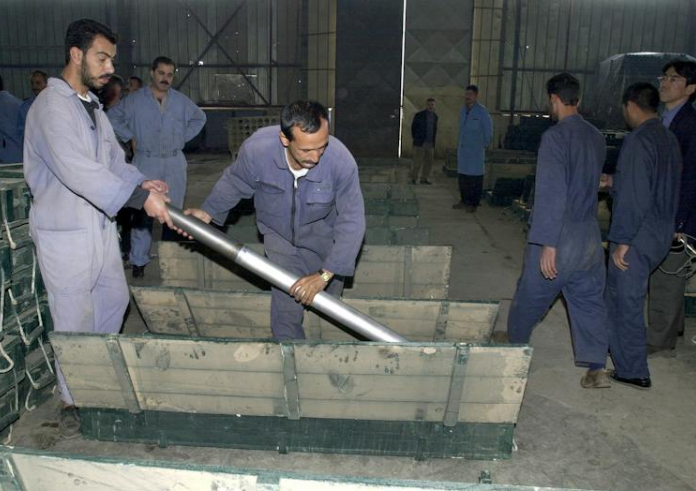- Through Fiscal Year 2022, the U.S. government has spent $8 trillion on the post-9/11 wars in Afghanistan, Iraq, Pakistan, and beyond. This includes war appropriations, veterans’ care, homeland security, and interest on borrowed war funds.
- This spending has largely been financed by borrowing, which has increased the national debt, raised consumer interest rates, and will lead to future interest payments of over $6.5 trillion by the 2050s.
- War spending comes with opportunity costs. While military spending does create jobs, investing the same money in sectors like health care or infrastructure would have produced more jobs and lasting benefits for the U.S. economy.
- Additionally, the wars have cost billions at the state and local level, especially in services for veterans and homeland security efforts.
Call to Action: Consider the Long-Term Costs: Invest in Peace, Not War

















